Thursday February 8th… Dear Diary. The main purpose of this ongoing post will be to track United States extreme or record temperatures related to climate change. Any reports I see of ETs will be listed below the main topic of the day. I’ll refer to extreme temperatures as ETs (not extraterrestrials)😊. Here is today’s climate change related topic:
Greener Spaces
Today’s post is about a conglomeration of information, which is good news, gleaned from Mike Hudema. Mike is a climate warrior from Canada who is on the forefront of battling to keep Alberta tar sand oil in the ground and a big advocate, like me, of solar power. It’s O.K. my Canadian friend. This country and yours needs a lot of ridicule. I was pleased to see this:
 Mike HudemaVerified account @MikeHudema
Mike HudemaVerified account @MikeHudema
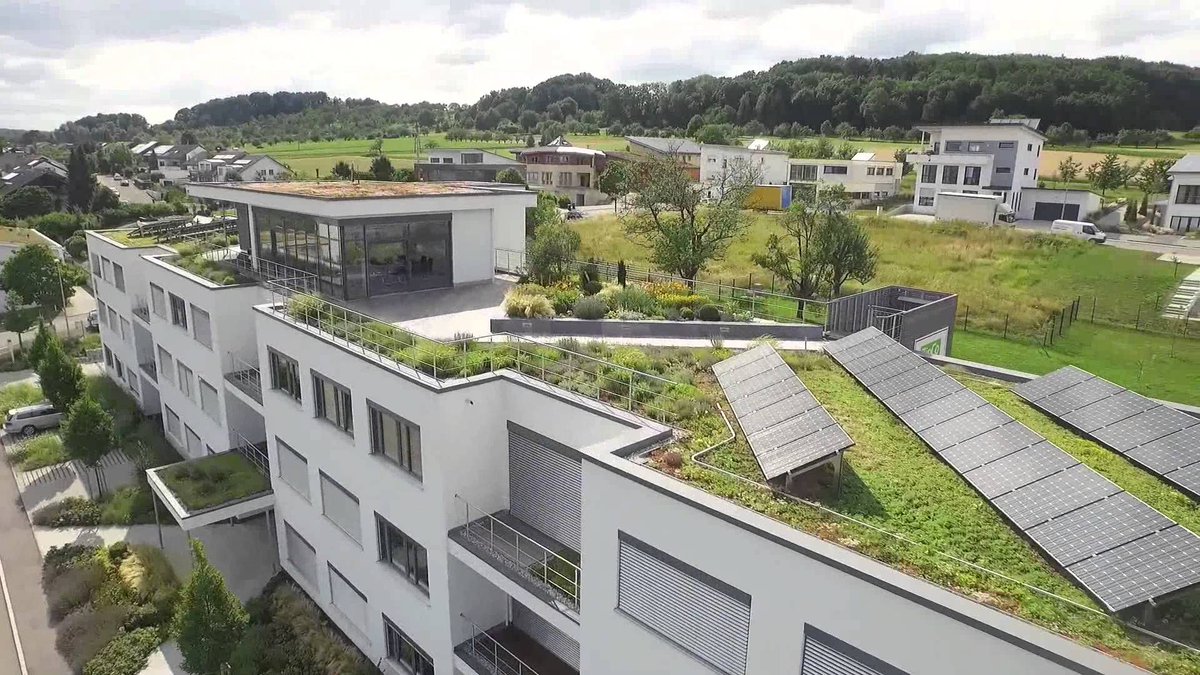
Covering rooftops with plants and/or solar panels is not a novel idea and has been around since the 1980’s, so I am glad to see countries starting to require builders to do so. No one will ever convince me that there is not enough area on top of buildings to meet all of our energy needs using solar. Mikes linked article on green roofs is short enough for me to post in its entirety:
A new law recently passed in France mandates that all new buildings that are built in commercial zones must be partially covered in either plants or solar panels.
Green roofs are already very popular in Germany and Australia, as well as Canada’s city of Toronto, where a similar law has been in force since 2009. Planting the rooftops of urbanized areas brings many benefits to public, private, economic and social sectors, as well as to the local and global environments.
Here are the top 5 reasons to chose a green roof.
1. Green roofs reduce stormwater runoff. Green roofs increase water retention and can reduce water run-off by 50–90 %. Stormwater that leaves the roof is therefore delayed and reduced in volumes. Outlets, pipes and drains can thus be reduced in capacity, thereby saving construction costs. Finally, retention and delay of runoff eases stress on stormwater infrastructure and sewers.
2. Green roofs are energy efficient. In summer, the green roof protects the building from direct solar heat, while in winter it minimizes heat loss thanks to its added insulation. Energy conservation translates into fewer greenhouse gas emissions. Green roofs also improve air quality, as plants leave trap dust particles from the air, and evapotranspiration cools ambient temperatures.
3. Green roofs can serve as habitat. Low maintenance green roofs can be designed to serve as refuge for species such as ground-nesting birds. Vegetated rooftop habitats can also serve as stepping stones, to create corridors connecting other patches (roofscape or at grade) across an urban sea to natural habitats beyond the city.
4. Green roofs last longer. Green roofs cover the waterproofing membrane, protecting it from UV rays and extreme daily temperature fluctuations. This protection extends the lifespan of the waterproofing twice as long as conventional roofing, meaning that membranes under green roofs last twice as long as those on traditional roofs.
5. Green roofs provide ‘extra’ space. Green roofs make the most of unused space within the increasing density of our cities. Rooftops can be developed into social and recreational spaces and used for urban agriculture.
Everything considered, France is definitely on the right track.
I also saw this note from Mike about repurposing spaces for solar energy in Japan:
 Mike HudemaVerified account @MikeHudema
Mike HudemaVerified account @MikeHudema
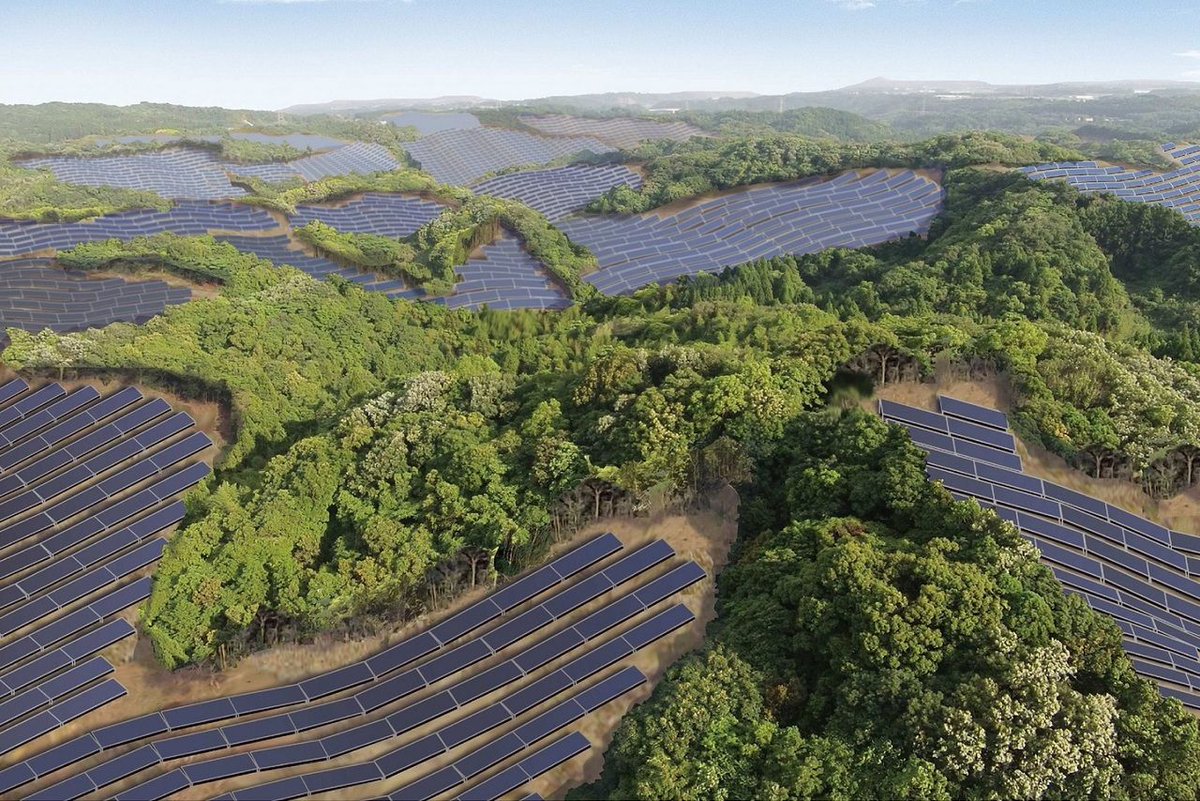
Mike’s linked article on using “derelict” spaces is also short enough to repost. Planting trees with drones? I haven’t heard of this until now, but if a new technique can be used for the war on climate change, bring it on!
Abandoned housing and abandoned factories might be rife across the world, but Japan has a problem with derelictness you might not have heard of before – abandoned golf courses.
They’re starting to pop up across the country, due to a huge number of them being built during a boom in the industry in the 80s which is now falling, with participation in the sport down 40%.
The courses could have been levelled for development, but instead Kyocera is using their vast open spaces to install solar panels.
The first 23 megawatt golf course project will launch in 2017 and produce enough power for around 8,000 homes.
Planning on an additional solar plant began in January 2014 and is now underway – it will cover approximately 2,000,000m2, accommodate 340,740 Kyocera solar modules, and is expected to generate roughly 99,230MWh annually – enough to power approximately 30,500 households.
There are several bold green initiatives in the works around the world right now, including one run by an ex-Nasa engineer who is hoping to plant one billion trees a year using drones.
And now for some bad news concerning this country from Mike:
 Mike HudemaVerified account @MikeHudema
Mike HudemaVerified account @MikeHudema
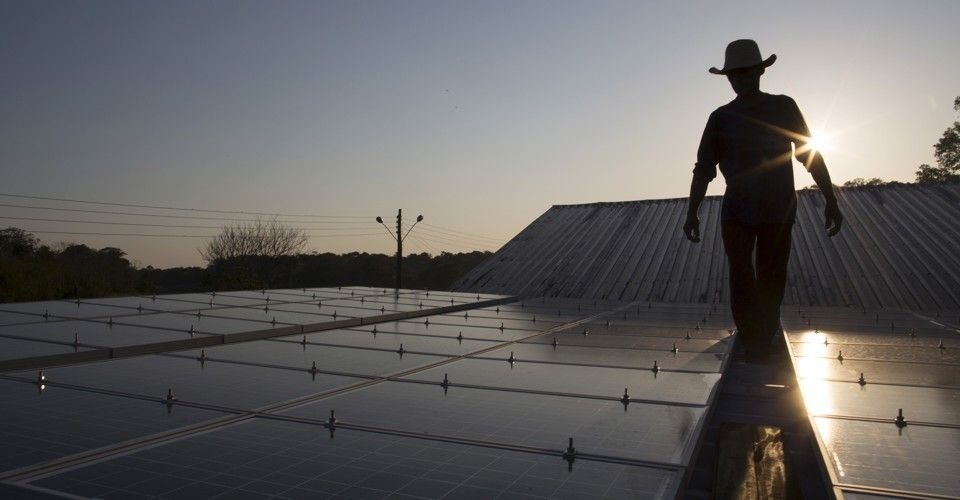
Quoting from this article:
 Mike HudemaVerified account @MikeHudema
Mike HudemaVerified account @MikeHudema
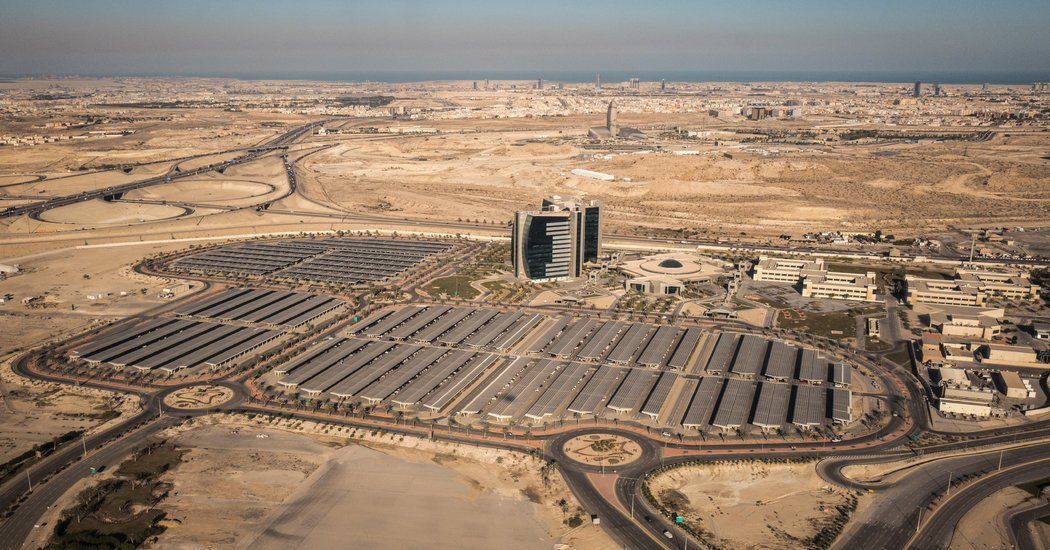
In time I’ll present more news in association with the transition to a world powered by green energy.
…………………………………………………………………………………………………………
If I see more reports of ETs tonight for 2/8/18 I will post that information. Here is what I see so far:
RECORD EVENT REPORT
NATIONAL WEATHER SERVICE LOS ANGELES/OXNARD CA
511 PM PST THU FEB 08 2018
…RECORD HIGH TEMPERATURE SET AT WOODLAND HILS…
A RECORD HIGH TEMPERATURE OF 87 DEGREES WAS SET AT WOODLAND HILLS
TODAY. THIS TIES THE OLD RECORD OF 87 SET IN 2006.
…RECORD HIGH TEMPERATURE SET AT CAMARILLO…
A RECORD HIGH TEMPERATURE OF 90 DEGREES WAS SET AT CAMARILLO TODAY.
THIS BREAKS THE OLD RECORD OF 87 SET IN 1954.
…RECORD HIGH TEMPERATURE SET AT PASO ROBLES AIRPORT CA…
A RECORD HIGH TEMPERATURE OF 83 DEGREES WAS SET AT PASO ROBLES AIRPORT CA TODAY.
THIS BREAKS THE OLD RECORD OF 79 SET IN 1991.
 NWS SacramentoVerified account @NWSSacramento
NWS SacramentoVerified account @NWSSacramento
 NWS San DiegoVerified account @NWSSanDiego
NWS San DiegoVerified account @NWSSanDiego
Big Bear set a new record high today at 63 F. Old record was 60 set in 2015.
#CAwx #SanDiegoWX
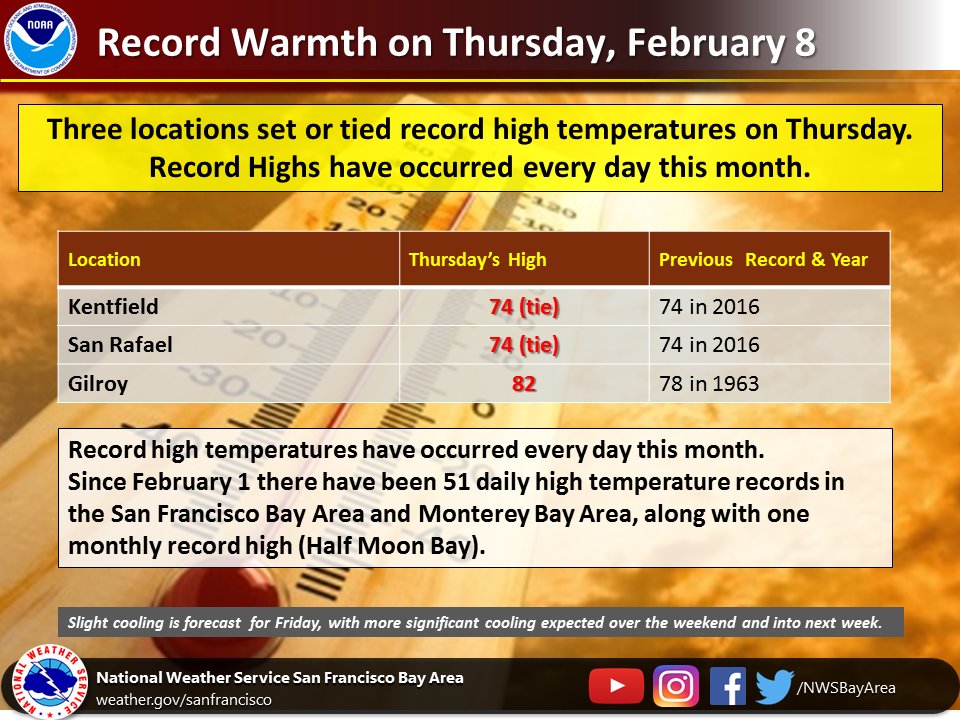
The Climate Guy